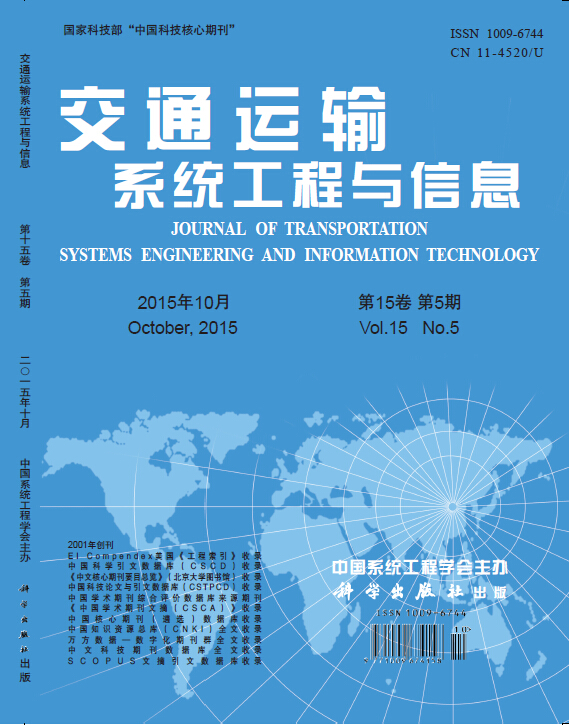Traffic accident brings immeasurable loss to the people's life and property, social stability and harmony. Most of the heavy road traffic accidents occur in the road transport vehicles with the large passenger capacity and the large tonnage. Dangerous goods transportation accidents are also different from general transportation accidents, it also derives from the combustion, explosion, leakage and other more serious consequences, resulting in economic and property loss, environmental pollution, ecological destruction, casualties and a series of problems. The 40th conference of“Traffic and Transportation 7 + 1 Forum”sets its theme as“Safety and Management of Road Transportation”. As an important part of the public safety, transportation safety concerns the safety of people's life and property, the coordinated development of economic society, the harmony and stability of society, and it is a major people’s livelihood issues. It discusses the mechanism and measures to prevent, contain and reduce the occurrence of heavy traffic accident, guarantee road transportation safety, comprehensively improve the management level of road transportation safety, such as enhance safety consciousness, improve the safety management mechanism, innovative security management means model, reinforce the safety management foundation and so on.


